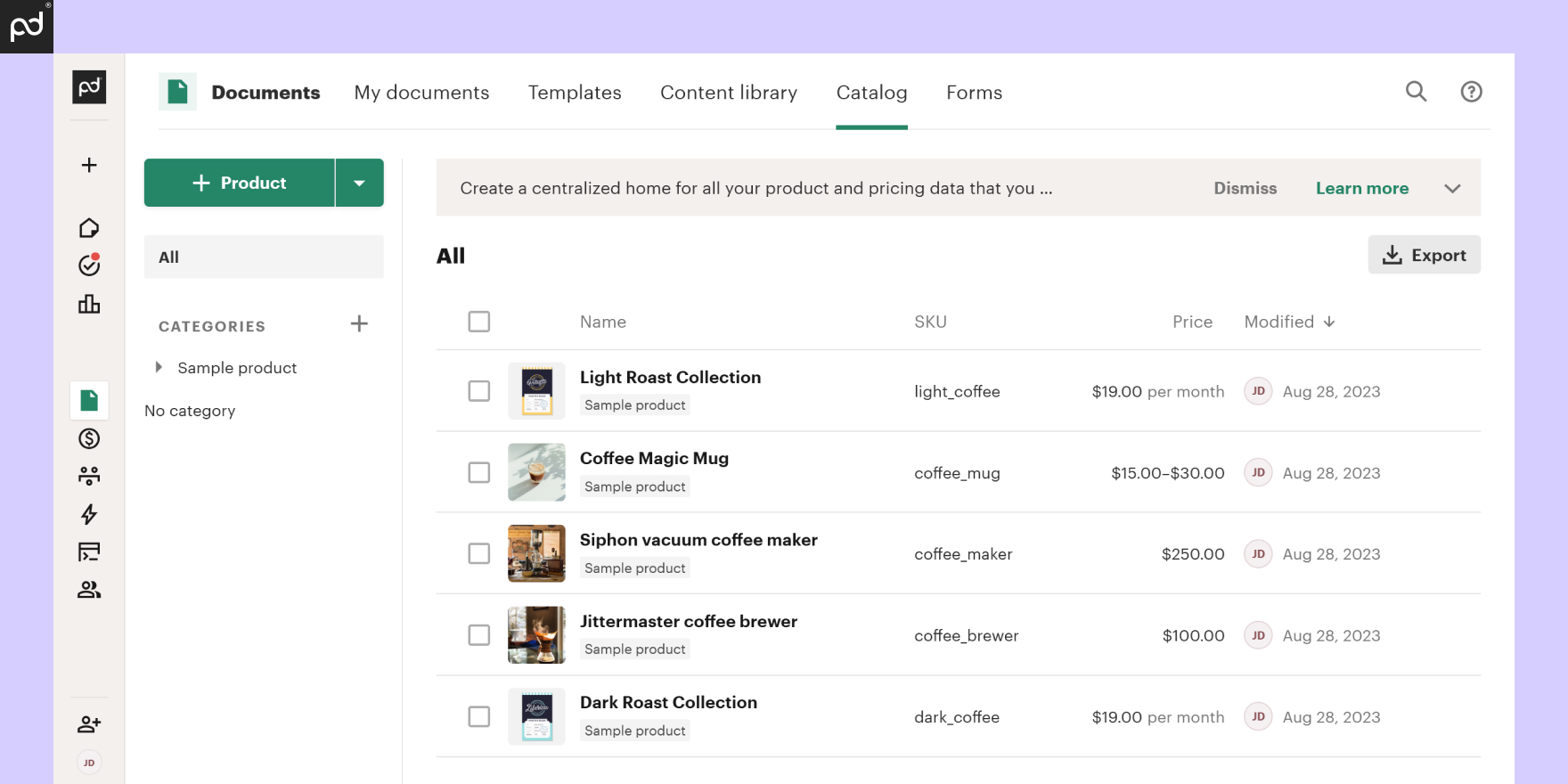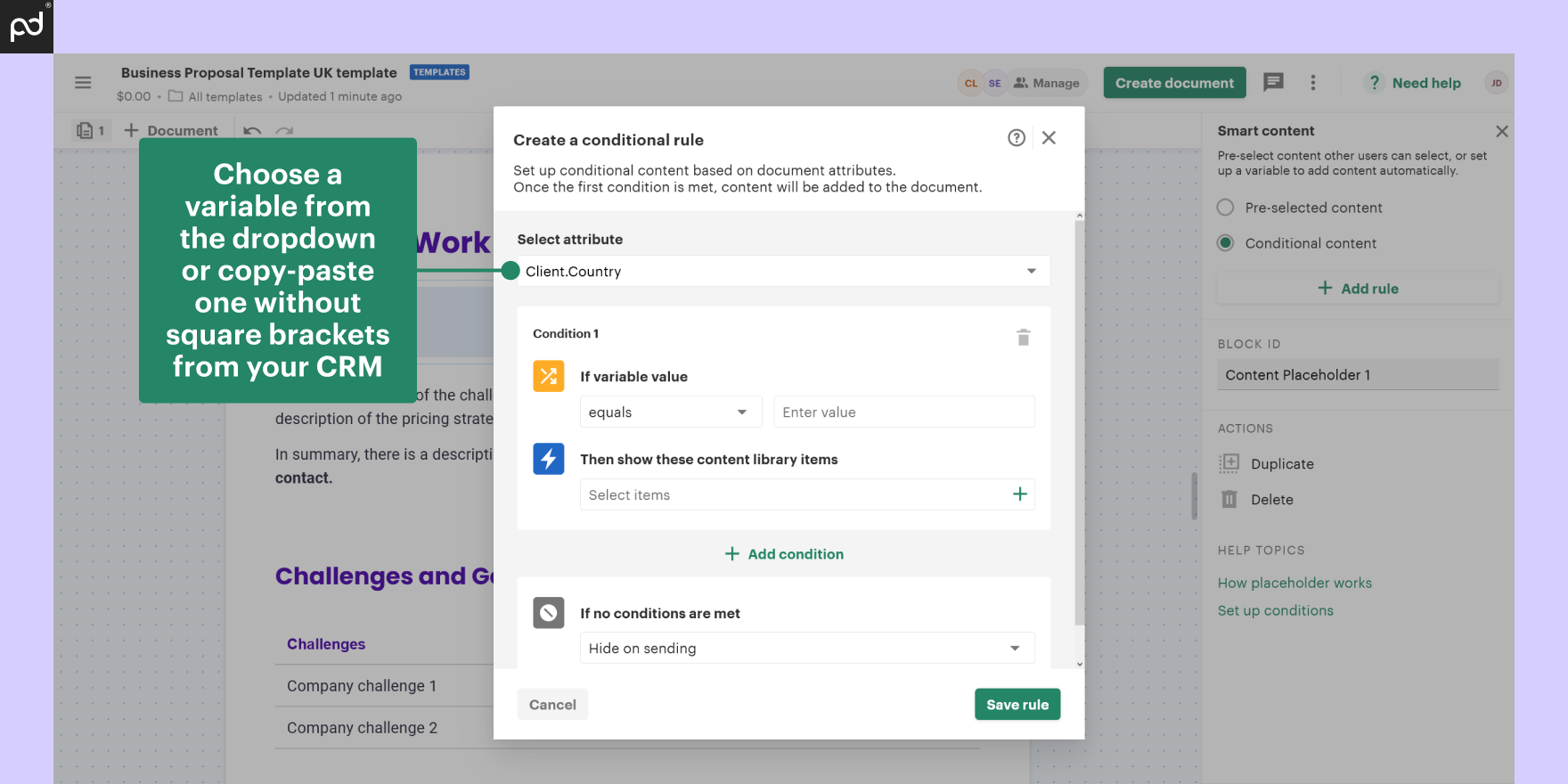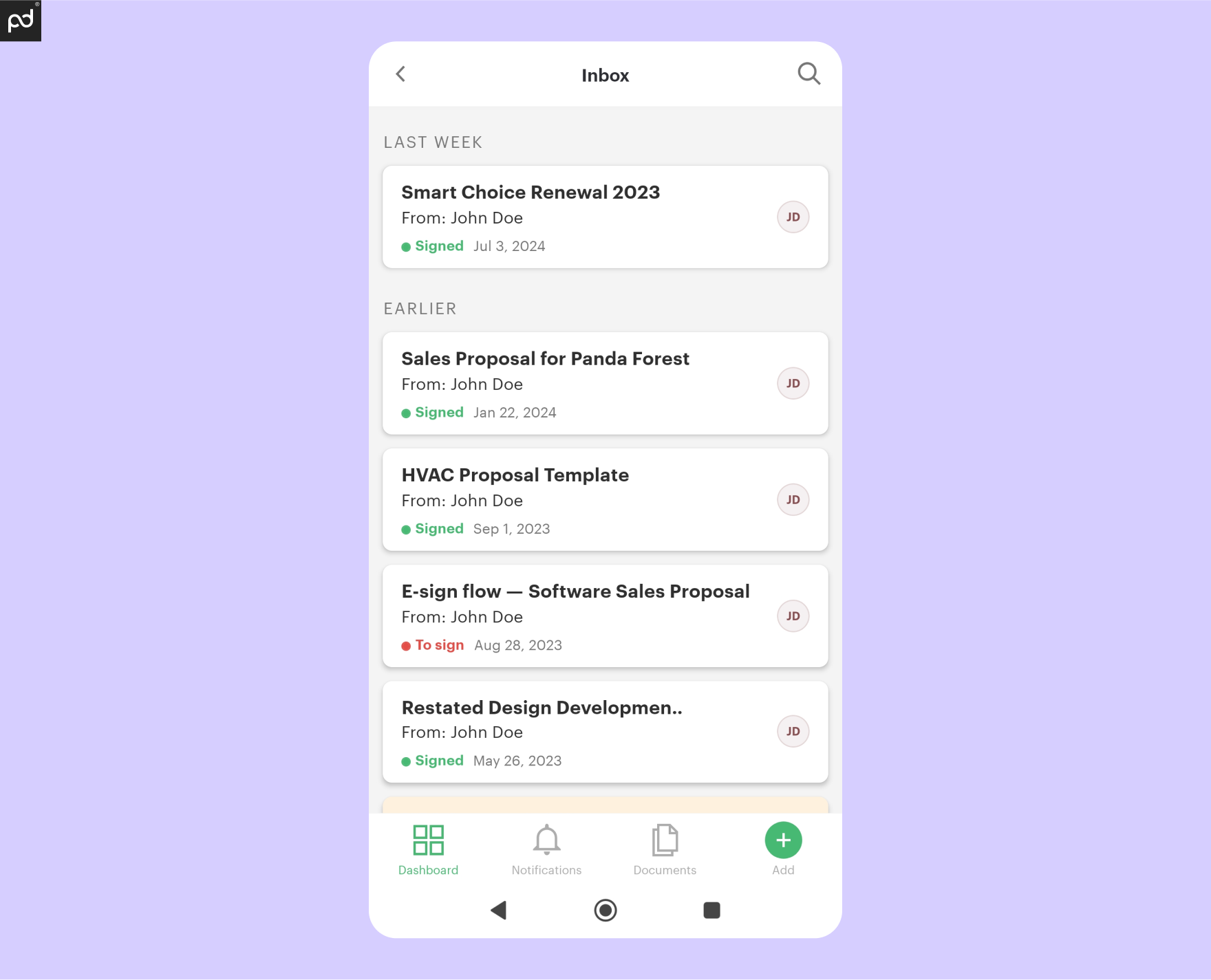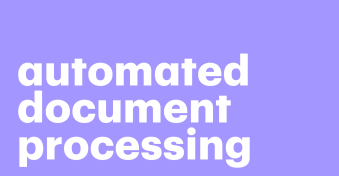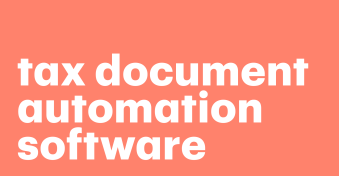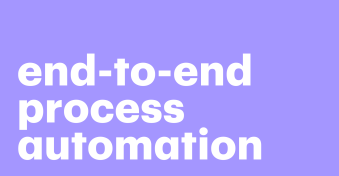An ideal document automation software should automate tedious tasks like creation, management, and document processing while also being able to integrate with other apps, secure data, and enhance collaboration.
The goal of these tools is to streamline your team’s workflows and keep your documentation data safe, unified, and accurate.
We’re here to help you narrow down the countless options out there.
Read on to explore the 10 essential features that will make using your document automation software truly an asset, not another task to solve!
1. Document assembly
Think of document assembly as building a Lego house.
The kit will come with an instruction set, though the final result will differ based on the chosen bricks.
Document assembly means automatically assembling predefined document templates, blocks, fields, clauses, and other components to generate documents specifically tailored to business needs.
Document assembly is made up of three key components:
- Templates: usually include standard text, formatting, and variables that users should fill with data.
- Data sources: may include internal databases (for example, product catalogs), CRM systems, spreadsheets, and user inputs.
- Rules and logic: determine how the data will be integrated into the template. For instance, a vendor contract can include several clauses, depending on the type of service being provided.
2. Templates
Templates work as the backbone of document automation.
Offering a predefined structure for all the documents you need for your day-to-day work, this feature speeds up the document creation process and ensures uniformity and compliance with standards.
Here is what to consider with respect to template functionality:
- A template editor for branding (logo, custom fields, color palette, etc.).
- Template approval workflow
- An extensive template library for intelligent storage and quick access
- Templates are searched through advanced filters
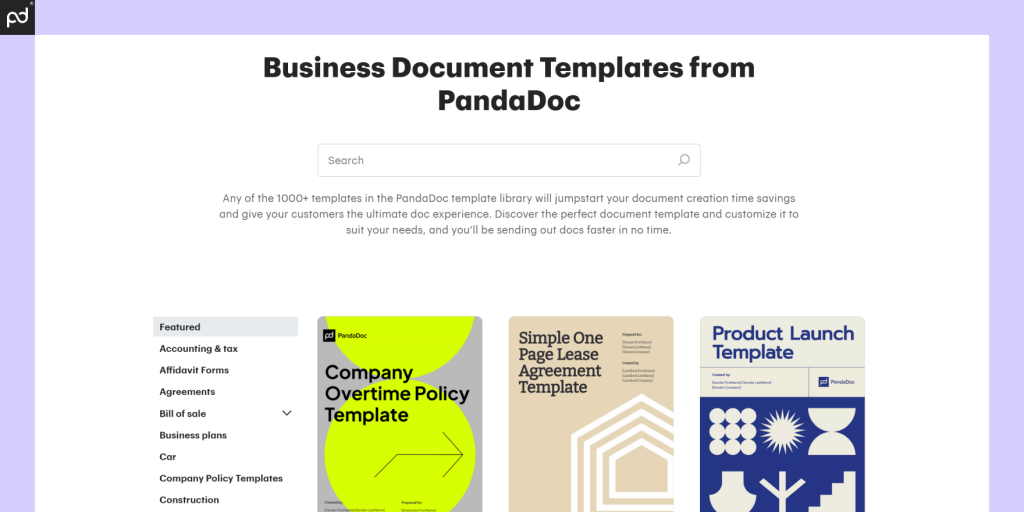
3. Content library creation and management
Acting as a powerful tool for maintaining automated consistency across all your documents, a content library centralizes and organizes:
- Your templates
- Standardized content (multimedia content, case studies, legal clauses, testimonials)
- Branding elements (logo, design elements)
Whether you work with proposals, contracts, or agreements — having a content library is an essential feature that allows you to quickly drag and drop elements so you don’t have to separately look for them every time you work on a new document.
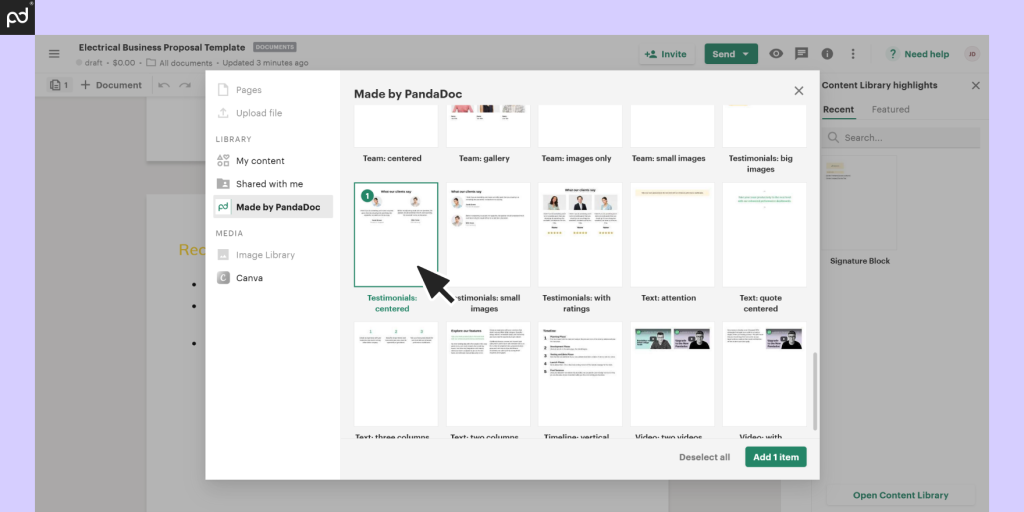
4. Rich integration set
While document automation software is an important, separate tool on its own, the software’s ability to integrate with a range of other apps allows teams to save hours switching between apps they need for daily work.
Here are some of the key integrations to look for:
1. Customer Relationship Management (CRM) Systems: allow data to be pulled directly into document templates, ensuring data is synced and up-to-date for error-free entry and saving time.
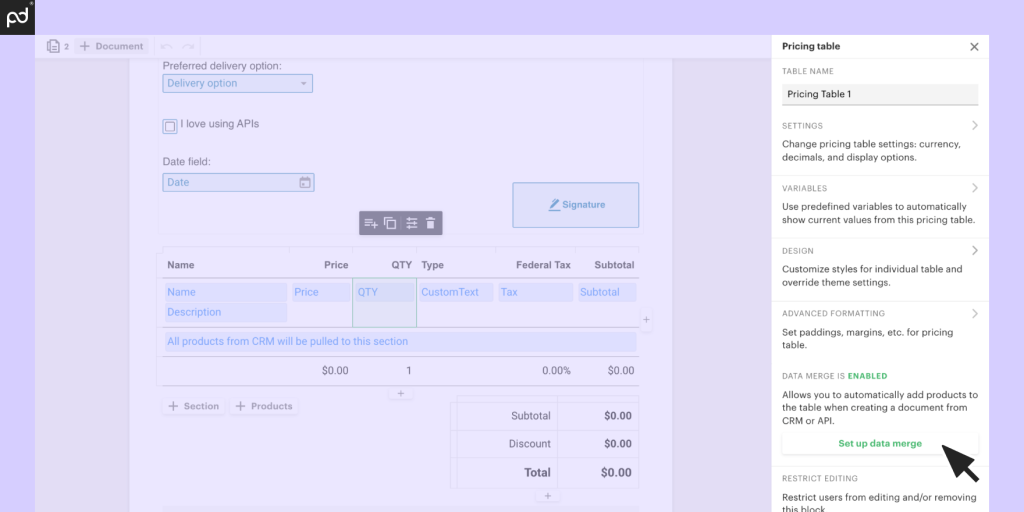
2. Enterprise Resource Planning (ERP) Systems: automated financial documents, including purchase orders and inventory reports.
- SAP
- Oracle ERP Cloud
- NetSuite
- Microsoft Dynamics 365
3. Document Management Systems (DMS): automatically save in appropriate folders, ensuring an organized document repository.
- SharePoint
- Google Drive
- Dropbox
- Box
5. Communication tools: these allow teams to effectively discuss edits, provide feedback, and track changes within preferred platforms.
- Slack
- Microsoft Teams
- Zoom
- Trello
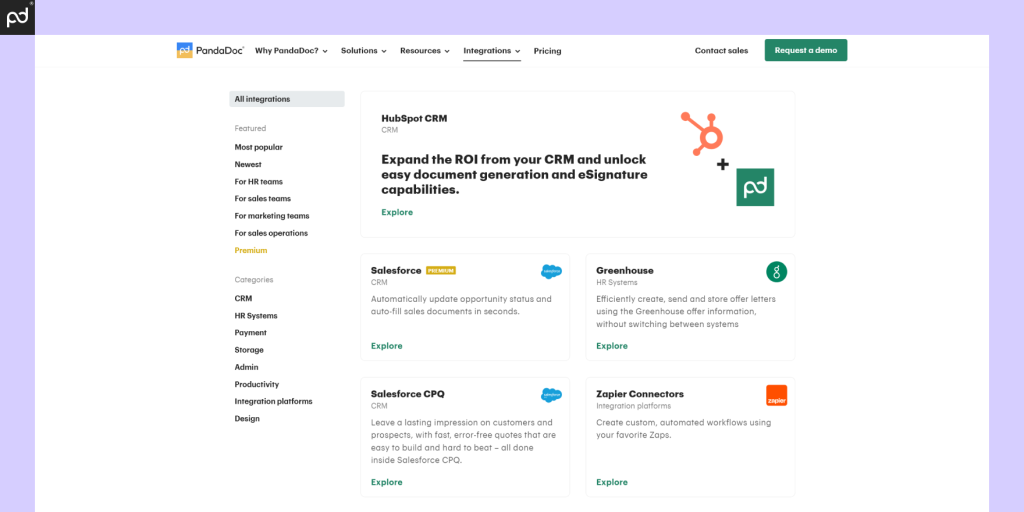
5. eSignature
It’s best to opt for software with an in-built e-signature feature rather than choosing an outside tool.
Digital signatures ease the last steps of the document workflow, ensuring compliance while enabling users to sign documents and invite signees without the need for emails or communication channels.
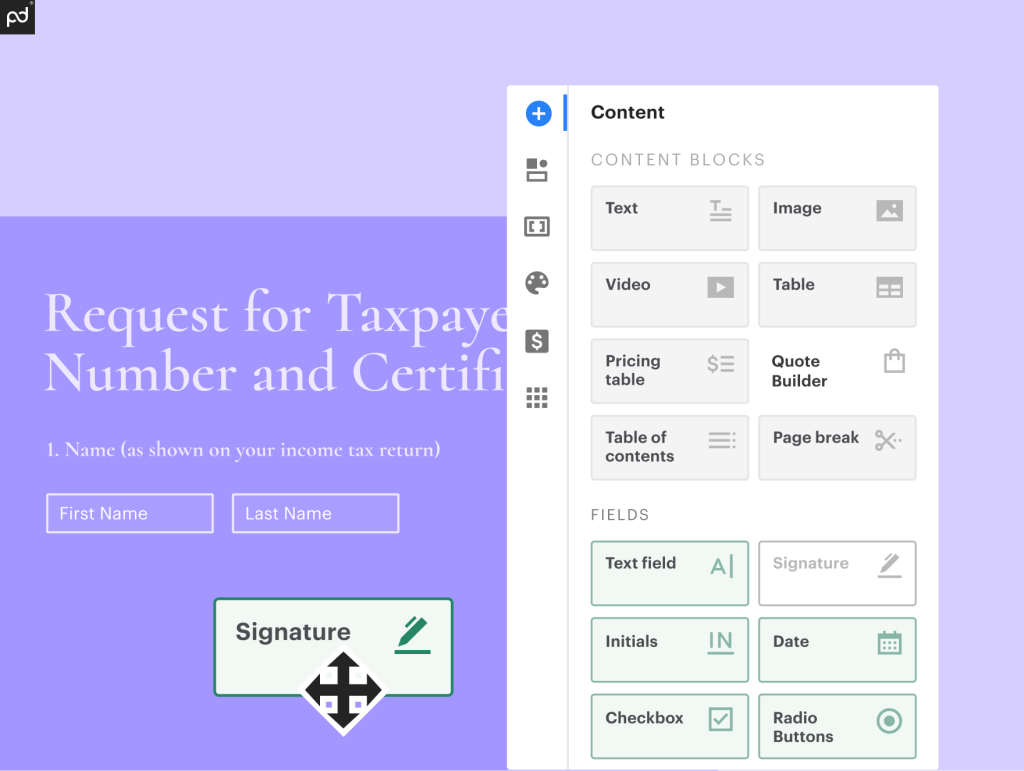
6. Mobile access
Improved document accessibility and flexibility is synonymous with one thing these days — the ability to get things done on our phones and tablets.
This feature usually involves the following functionalities:
- Cross-platform compatibility: mobile access often means the tool is compatible with various operating systems — iOS and Android.
- Offline access: some document automation tools may also provide access when offline, at least to several key features to make on-the-go updates and increase efficiency.
- Secure mobile authentication: means methods like biometrics and multi-factor authentication (MFA).
7. Approval workflow
This feature in document automation software is designed to streamline and manage the process of reviewing and approving documents, which is essential for large-size teams.
Instead of just causing chaos where everyone gets lost, approval workflow ensures that documents quickly pass through a predefined sequence of steps and assigned users.
Components of an approval workflow feature:
- Stages and steps: usually include creation, review, approval, e-signing, and finalization. Each stage can be assigned to a specific team member or department.
- Automated notifications: alert stakeholders when a document is ready for the next step, keeping the process smooth and reducing delays.
- Parallel and sequential approvals: review documents simultaneously or in a predefined order.
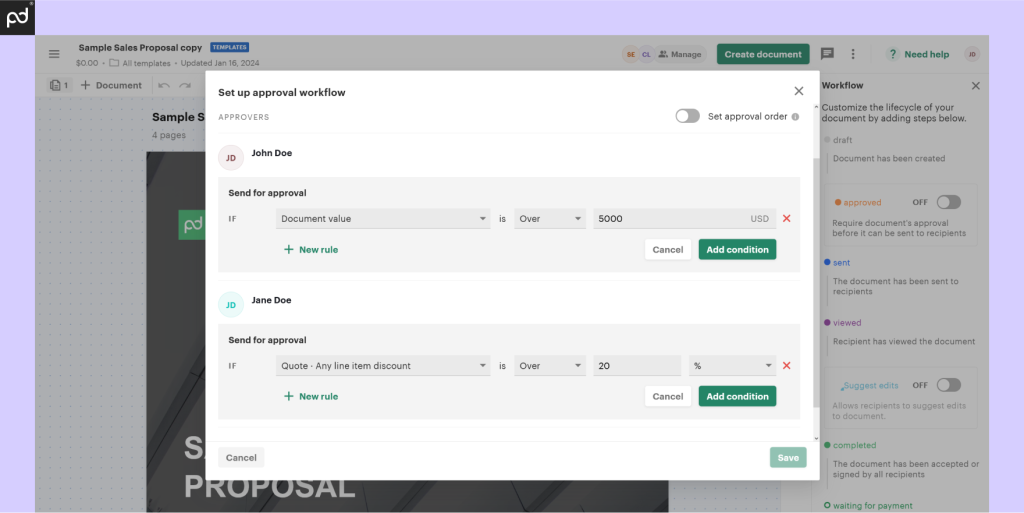
8. Version control
A version history feature tracks and records all the incremental changes in documents or files.
Document versioning is organized and keeps a history of what took place and when, in a logical order. This allows for data backup, transparency, and version rollbacks when required.
With the version control feature, you don’t need to keep track of changes since all the versioning is automatically captured and saved.
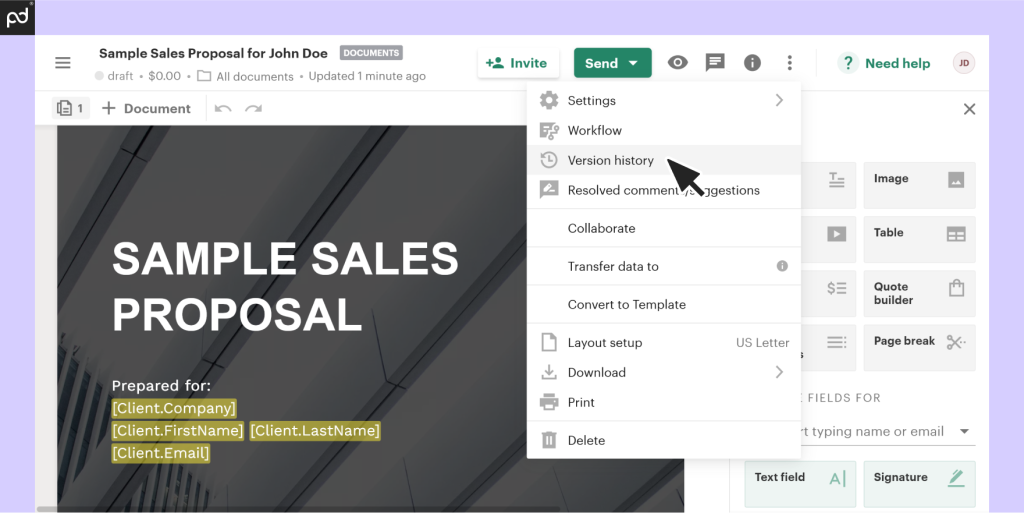
9. Analytics and reporting
The ability to view analytics and generate reports allows teams to track, measure, and assess different aspects of document creation, management and workflow efficiency.
Key elements of analytics and reporting feature include:
- Dashboard overview: enable instant access to important data and check document status at a glance.
- Reports: offer insights on the number of documents created, approval durations, eSignature rates, and other factors. Reports can be generated based on several factors, including time frame, project names, teams, or individual uses.
- Customizable metrics: allows users to define, create, and track custom metrics that are most important to their business needs.
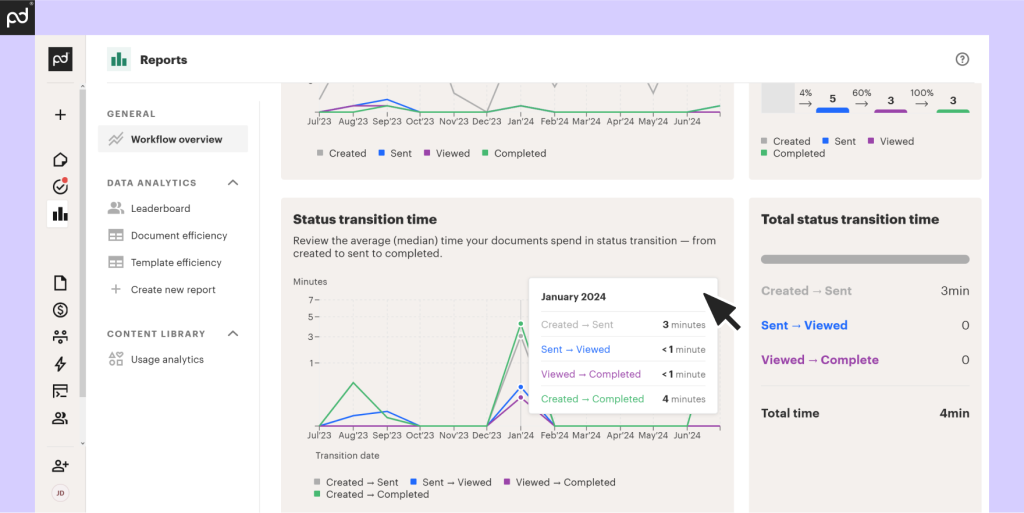
10. Security and compliance
When working with sensitive information, financial data, and contracts, you absolutely have to trust your document software.
That’s why security and compliance features should be of utmost importance during your search for the perfect tool for your team.
Since it’s not enough for the tool to claim it protects data storage and sharing, here is what you can consider:
- Data encryption: data should be protected both at rest and in transit through encryption.
- Access controls: role-based permissions allow administrators to define who can access, review, edit, sign, and approve documents.
- Regulatory compliance: help audit and verify that all documents comply with regulations and standards, including HIPAA, GDPR, FERPA, eIDAS, and ISO 27001.
Choosing your best document automation ally
Proper document automation software will act as a key team player, so the choice should be based on several things.
Aside from the above-mentioned features like approval workflow, legally binding e-signatures, document assembly, and analytics, it’s also best to try out tools that offer a demo to see what works best for you.
PandaDoc document automation software automates everyday tasks to help you focus on higher-value work while also delivering professional-looking and on-brand documents that you can securely store and share through a rich integration set.
Disclaimer
PandaDoc is not a law firm, or a substitute for an attorney or law firm. This page is not intended to and does not provide legal advice. Should you have legal questions on the validity of e-signatures or digital signatures and the enforceability thereof, please consult with an attorney or law firm. Use of PandaDoc services are governed by our Terms of Use and Privacy Policy.

